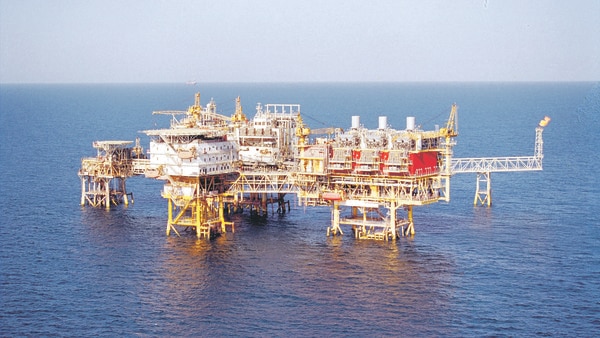India ranks as the world’s 7th largest primary energy producer and the 5th largest energy consumer. With a population of 1.3 billion, the country’s energy needs are expected to grow about four-fold from the 524 Million Tonnes of Oil Equivalent (MTOE) by 2032.
Today, ONGC has been the largest producer of the oil and gas in the country, contributing 72.4% of the crude oil and 48.5% of the natural gas production. At present, over 78% of India’s oil requirements are being met by imports.
It is only in the past few years that shale, as the significant source of oil and gas, has drawn the attention of explorers. Shale gas has gained widespread popularity in recent years following technological advances that make it commercially viable.
Shale gas is extracted by the process of drilling and injecting fluid into the ground at high pressure in order to fracture shale rocks to release natural gas inside. This is called fracking — or causing fractures in the rock formations. The injected formation includes the combination of fluids, chemicals and proppants such as sand, and chemicals, allowing greater permeability of the stone surrounding it, causing the fossil fuel to flow to the production well. This type of drilling has been used commercially for 65 years.
It has been claimed that this form of oil and gas extraction has enabled the US to become the world’s largest oil and gas producer, and will enable the US to become energy independent by the year 2020 according to Forbes. On the other hand, there are a lot of myths that surround this technology. It has already been banned in the Netherlands, Germany, China, France and many other countries, including various states of US due to the great risk it has of poisoning the water sources eventually leading to cancer.

Even though India is lagging behind the major oil producers in the conventional oil reserves, it has got a huge potential in shale oil.ONGC, India’s largest exploration group by revenues, hailed the shale gas discovery as Asia’s first and said it had been encouraged to explore shale possibilities in the Cambay, KG, Cauvery and Assam-Arakan Basins. But there is still doubt regarding welcoming fracking.
The environmental consequences are much worse than the gas is worth. This process of fracturing of underground rocks requires loads of water. This process pollutes nearby environments when the poisonous mix of chemicals and carcinogens seep into the groundwater. For a country notorious for the weak implementation of environmental laws like India, fracking can be extremely harmful.
Since the majority of the shales are formed under marine conditions, the connate water that is released during the fracking process is highly saline in nature. This water along with the proppants used for fracking can potentially degrade the groundwater reserves present in those areas.
Looking for oil or natural gas, fracking operations leave their stain on the environment, but the human has to pay might even be higher. The use of methane, benzene and undisclosed toxic chemicals treats fertility, birth defects and also cancer, leading to death.
With a population of a whopping 1.3 billion and decreasing groundwater levels at an extremely alarming rate, India doesn’t possess the socio-economic conditions that could potentially support the exploitation of unconventional shale oil using a process like fracking. Adopting the Fracking in India is like welcoming the evil that has already been kicked out from the developed nations.
Writes: Er. Sudeep Ghimire, He is the National Director of Green the Gene and Climate Reality Leader trained by former US Vice President and Noble Laureate Al Gore






Be the first to comment on "Fracking: In Context to India"